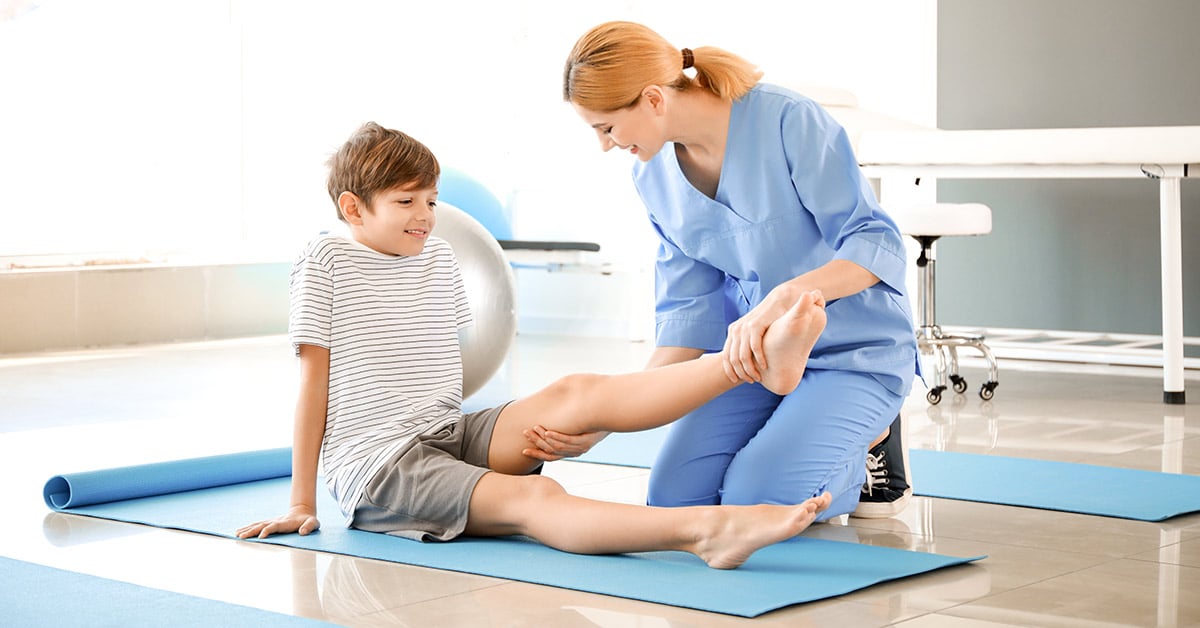The Essential Impact of Resistance Training on Enhancing Rehabilitation and Effectiveness in Athletic Recovery
The Essential Impact of Resistance Training on Enhancing Rehabilitation and Effectiveness in Athletic Recovery
Blog Article
Resistance conditioning holds a crucial role in athletic recovery, helping athletes heal from injuries and improve their general performance. When an athlete gets hurt, their body needs period to heal. However, during this recovery period, it is crucial to maintain power and flexibility to prevent additional damages. Strength conditioning can be tailored to suit the needs of each individual, focusing on specific muscular groups that may have been impacted by the trauma. This focused method not only aids in recovery but also readies the athlete to return to their activity more robust than previously.
One of the main advantages of strength conditioning in rehabilitation is its ability to enhance muscle strength and stamina. When muscular tissues are more powerful, they can better stabilize joints and minimize the risk of recurrence of injury. For instance, an athlete healing from a knee trauma can benefit from workouts that strengthen the thigh muscles and hamstrings. These muscular tissues play a vital part in stabilizing the leg joint. By including strength conditioning into their rehabilitation plan, athletes can regain their power more efficiently and safely.
In furthermore to building power, strength conditioning also improves mobility and range of movement. Many site traumas can lead to rigidity in the affected region, making it challenging for individuals to navigate freely. Resistance training workouts often include extending and lengthening the muscular tissues, which can help reestablish flexibility. For example, incorporating weight straps or weights into flexibility routines can improve the effectiveness of these exercises. As mobility improves, athletes can execute movements more effectively, which is essential for peak performance in their sport.
Another important aspect of resistance conditioning in athletic rehabilitation is its positive impact on mental well-being. Healing from an trauma can be a challenging and exasperating process for individuals. Engaging in strength conditioning can offer a feeling of achievement and boost confidence. As athletes see improvements in their power and capabilities, they may feel more motivated to persist their rehabilitation journey. This psychological uplift can be just as important as the physical advantages, as a optimistic mindset can lead to improved results in recovery.
Finally, strength conditioning can assist athletes move back to their activity more smoothly. Once they have regained their power and mobility, individuals need to practice sport-specific actions to ensure they are ready for competition. Resistance conditioning can be combined with sport-specific drills to create a holistic rehabilitation program. This blend allows individuals to not only recover but also enhance their capabilities. By concentrating on both recovery and performance, resistance training becomes an essential instrument in the recovery process, assisting individuals return to their sport more robust and more resilient.